Thiovit Jet provides superior contact, fumigant, and residual activity against mites and powdery mildew, due to its optimum particle size. It is used in a wide range of fruits, vegetables, ornamentals, coffee, tea, cashews, grapes, citrus, tomatoes, chilies, hot pepper and flowers, and field crops.
Thiovit Jet provides superior contact, fumigant, and residual activity against mites and powdery mildew, due to its optimum particle size. It is used in a wide range of fruits, vegetables, ornamentals, coffee, tea, cashews, and field crops
Thiovit Jet Active ingredient
80g/lt Sulphur (elemental)
Thiovit Jet Formulation
Water Dispersible Granule (WG)
WHO classification
III
Thiovit Jet Mode of Action
Offers excellent contact and vapor action. Thiovit is taken up by plants through roots as sulphate and through root and leaf cuticle as sulphur dioxide. It acts by contact and through vapour phase enhanced by the sublimation of sulphur.
Thiovit Jet Rates of Application
- Apply at 6 – 8 kg/ha for cashews,
- 2-4 kg/ha in coffee
- 3-6 kg/ha in vegetables and fruits
- Citrus: Use 2-8kg/Ha (40-160g/20L).
- Coffee and other fruit trees: Use 2-4kg/Ha (40-80g/20L).
- Field crops: 2-8kg/Ha (40-160g/20L)
- Roses: Use 2-8kg/Ha (40-100g/20L).
- Grapes: Use 4-8kg/Ha (40-160g/20L).
- Vegetables: Use 2-5kg/Ha (40-100g/20L).
Thiovit Jet Targets
Powdery mildew
Thiovit Jet Main crops
Coffee, citrus, vegetables, grapes, fruit trees
Thiovit Jet Key Benefits
- Highly preventive against powdery mildew.
- It prevents and corrects sulphur deficiency.
- Broad spectrum – one solution for many problems.
- Supresses mites infestation.
- Safe to the user because of the dustless formulation.
- Efficient for a wide range of applications
- Multi modes of action against diseases
- Efficient, long-lasting, and safe
- Great against resistant pathogens
- Advanced micro granules formulation
- Secondary effect – acaricide
Methods of Application
Thiovit Jet treatments should be performed at the first signs of infection.
It is highly important to follow the label instructions and dosages for each type of crop.
– Apples, pear: Apply the first treatment at warning. Perform additional treatments depending on the degree of infection, with a 7 to 14 days break. The low dose is applied when the infestation level is low and the high dose is applied at a high level of infestation.
– Vine: Treatments are applied preemptively or on alert. Curative treatments, 3 applications at 7-14 days, as soon as the first symptoms of mildew have been observed.
– Peach, Nectarine, Apricots, Plums: Apply the first treatment at warning. Perform additional treatments depending on the degree of infection, with a 7 to 14 days break from the appearance of the leaves. Do not apply after the fruits change color.
– Tomatoes, Eggplant, Cucumber, Melon, Pumpkin, Zucchini: Apply the first treatment at warning. Perform additional treatments depending on the degree of infection, with a 7 to 14 days break from the 3rd leaf and up to 70% fruit growth.
– Grains: Apply the first treatment at warning. Perform a secondary treatment depending on the degree of infection, with a 7 to 21 days break, depending on the infestation, starting from 5 leaves to the end of the blooming period.
Compatibility
Can be combined with fungicides, herbicides, insecticides, liquid fertilizers, and growth regulators, following the recommendations on the product label.
Consult the compatibility labels and perform a small-scale test when combining crop products.
Recommendations
Use together with other crop protection products for maximum crop safety.
| Crop | The pathogen | Dose | Application Moment |
Water volume (liters/ha) |
The minimum interval between treatments | Break time until harvest |
| Pepper | Leveillula taurica | 4 kg/ha | At the onset of the first symptoms | 1000 | 7-14 days | 1 day |
| Apricot tree | Sphaerotheca pannosa | 5-8 kg/ha (depending on infestation level) |
At the onset of the first symptoms or warning | 500-1500 | 7-14 days | 7 days |
| Cucumbers | Erysiphe cichoracearum, Sphaerotheca fuliginea | 5 kg/ha | At the onset of the first symptoms or warning | 200-1000 | 7-14 days | 1 day |
| Cereals (barley, rye) |
Erysiphe graminis | 8 kg/ha | At the onset of the first symptoms | 200-300 | 7-21 days | 35 days |
| Zucchini | Erysiphe cichoracearum | 5 kg/ha | At the onset of the first symptoms or preventive | 200-1000 | 7-14 days | 1 day |
| Wheat | Erysiphe graminis | 8 kg/ha | At the onset of the first symptoms | 200-300 | 7-21 days | 35 days |
| Apple tree |
Podosphaera leucotricha, Venturia spp. | 5-8 kg/ha (depending on infestation level) |
It is applied in the first vegetation period. Do not apply after the fruits have begun to change color | 500-1500 | 7-14 days | 7 days |
| Carrots | Erysiphe umbelliferum | 4 kg/ha | Throughout the season | 1000 | 7-14 days | 5 days |
| Nectarine tree |
Sphaerotheca pannosa | 5-8 kg/ha (depending on infestation level) |
At the onset of the first symptoms | 500-1500 | 7-14 days | 7 days |
| Pear tree, Quince tree |
Podosphaera leucotricha, Venturia spp. | 5-8 kg/ha (depending on infestation level) |
At the onset of the first symptoms or warning – from the appearance of the leaves until the final ripening | 500-1500 | 7-14 days | 7 days |
| Melons | Erysiphe cichoracearum | 5 kg/ha | At the onset of the first symptoms | 200-1000 | 7-14 days | 1 day |
| Watermelons | Erysiphe cichoracearum | 4 kg/ha | Throughout the season | 300-500 | 7-14 days | 1 day |
| Peach tree, plum tree |
Sphaerotheca pannosa | 5-8 kg/ha (depending on infestation level) |
At the onset of the first symptoms or warning | 500-1500 | 7-14 days | 7 days |
| Sugar beet | Erysiphe betae | 5 kg/ha | At the onset of the first symptoms | 200-500 | 8-10 days | 14 days |
| Tomatoes | Leveillula taurica | 5 kg/ha | At the onset of the first symptoms or preventive | 200-1000 | 7-14 days | 1 day |
| Roses | Sphaerotheca pannosa | 4 kg/ha | At the onset of the first symptoms | 1000 | 5-14 days | NA |
| Tobacco | Erysiphe cichoracearum | 0.3-0.4% | At the onset of the first symptoms | 600 | 7-14 days | 14 days |
| Eggplants | Leveillula taurica | 5 kg/ha | At the onset of the first symptoms or preventive | 200-1000 | 7-14 days | 1 day |
| Vine | Uncinula necator, Phomopsis viticola | 3 kg/ha | Preventive or warning – can be applied from swelling of buds to the appearance of the 6th leaf | 300-1600 | 7-14 days | 28 days |
Additional Information
| Manufacturer | Syngenta |
|---|---|
| Packaging | 1 kg |
| Destination use | Population, Professionals, Trained personnel |
| Shelf life (years) | 5 |
| Formulations | WG-water dispersible granules |
| Active Substances | Sulfur |
| Active Substance Concentration | 800 g/kg |
| Crops | Apple tree, Apricot tree, Beet sugar, Butternut squash, Carrot, Cucumber, Eggplant, Melons, Peach tree, Pear tree, Pepper, Plum tree, Quince tree, Roses, Tobacco , Tomatoes, Vineyard, Wheat, Zucchini |
| Diseases | Powdery mildew |
| Dosage | 3-5 kg/ha |
| Bio Crops | Not suitable |
| Application Type | Low pressure spray |
Packaging
1 x 1kg


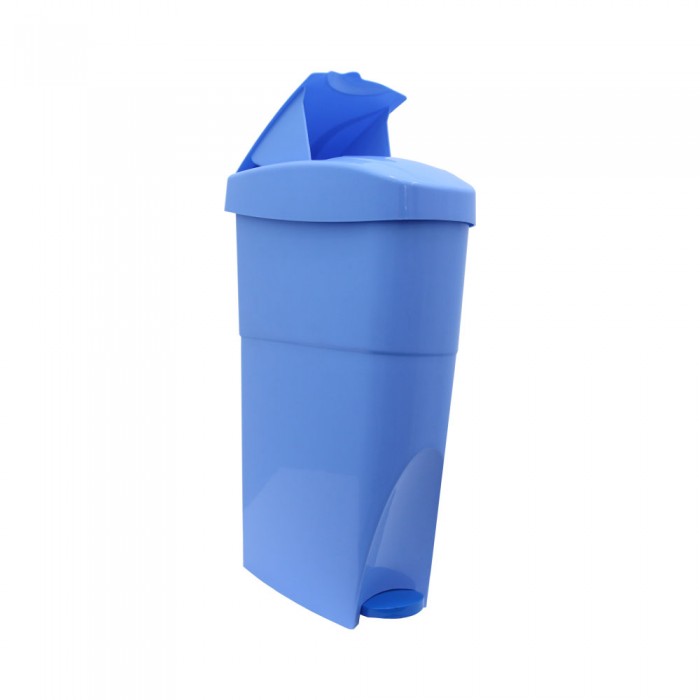
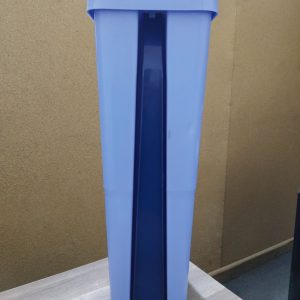
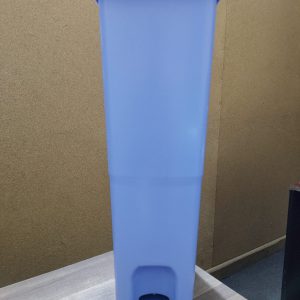
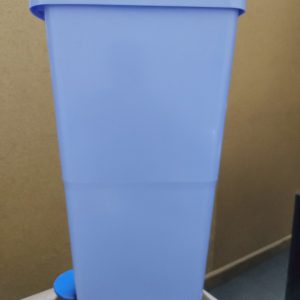


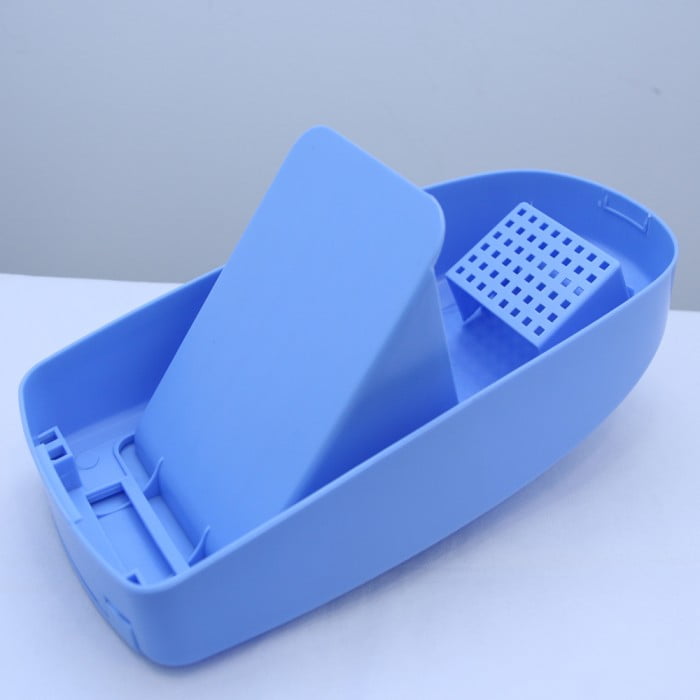
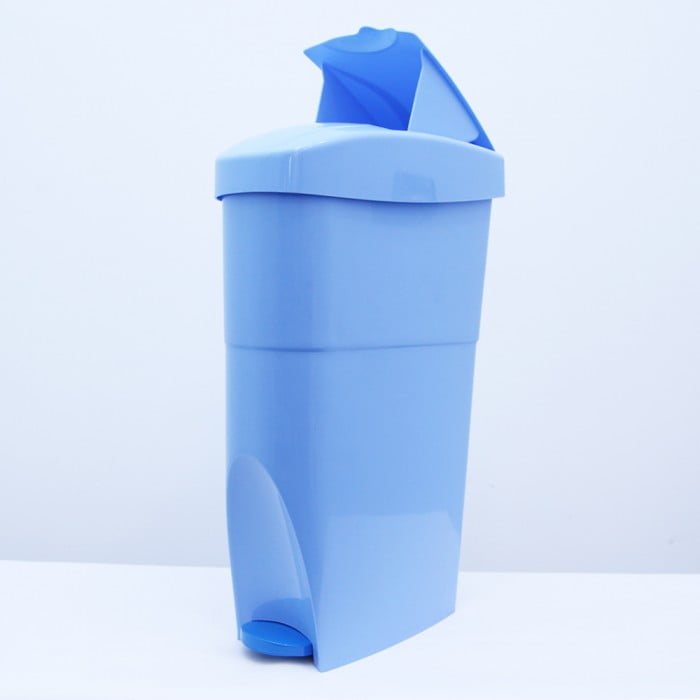
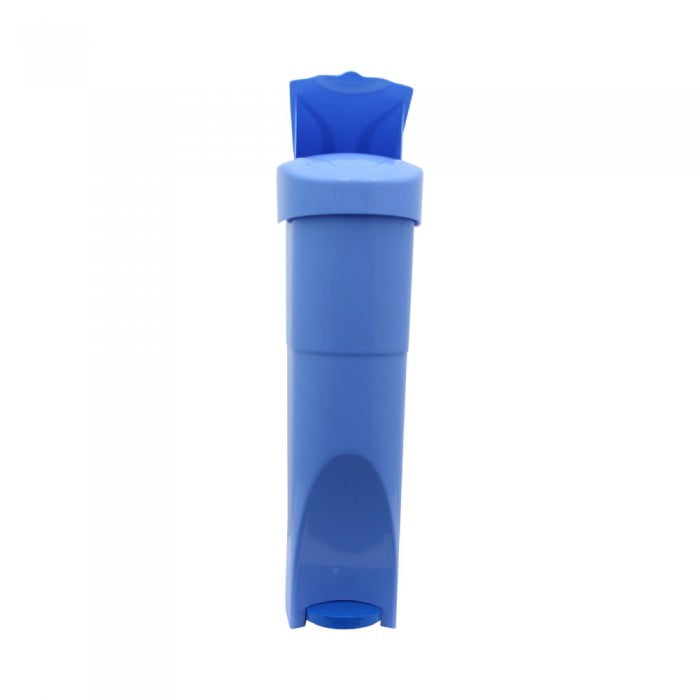
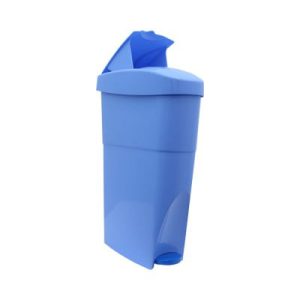
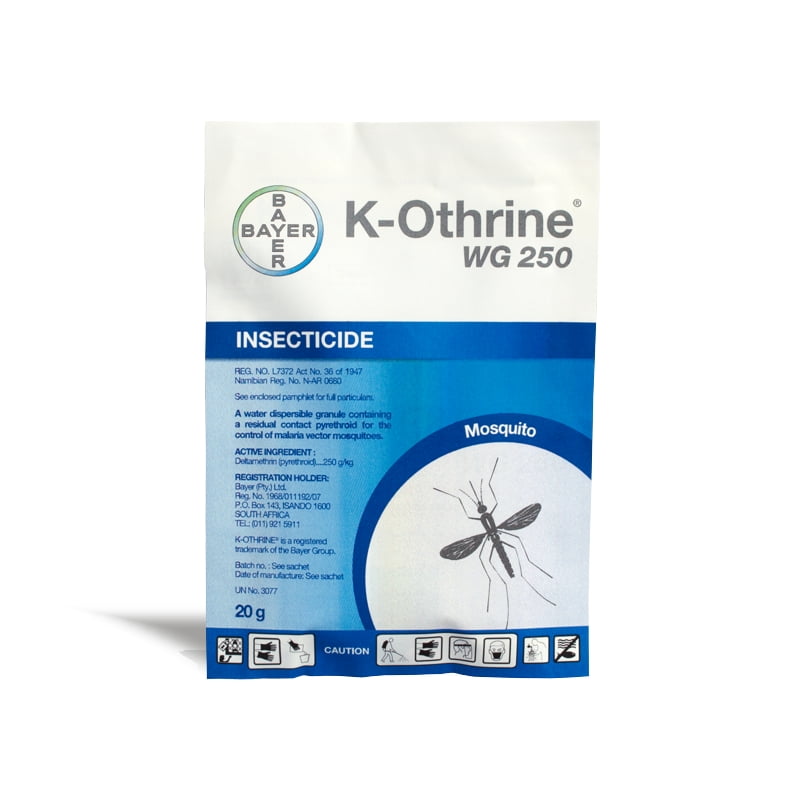
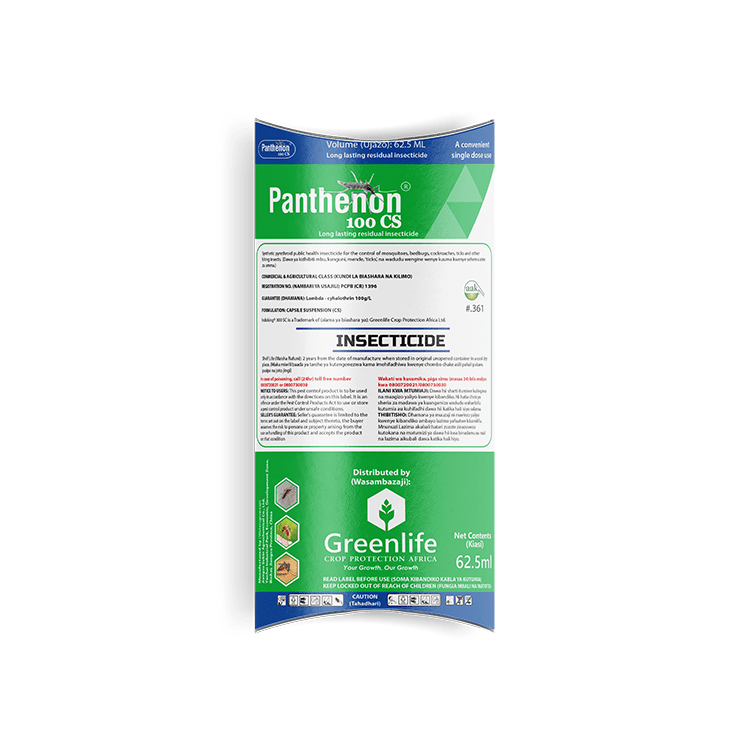
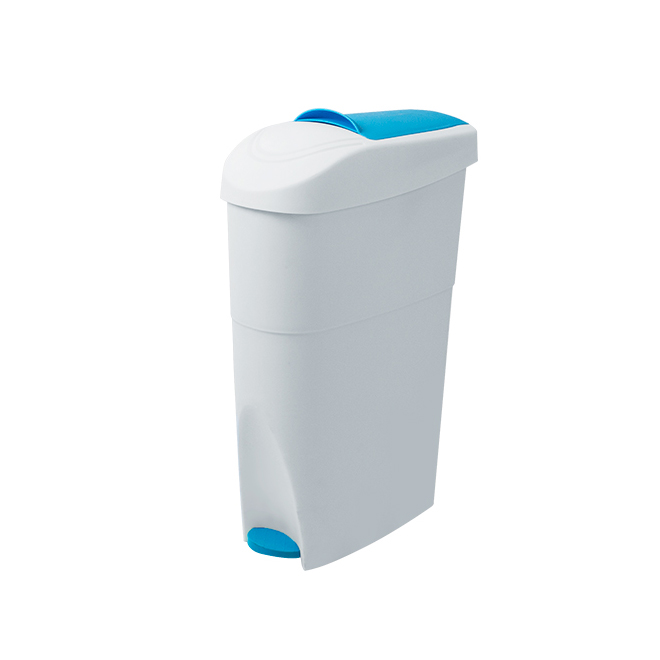
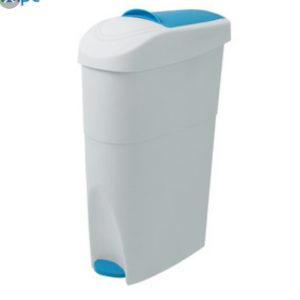
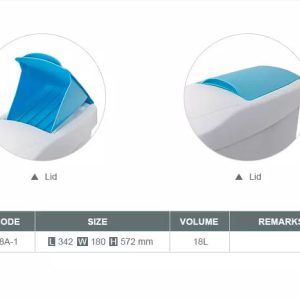
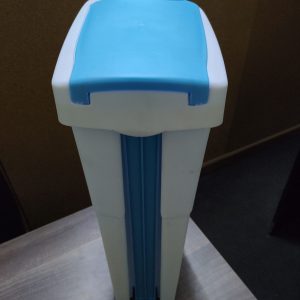
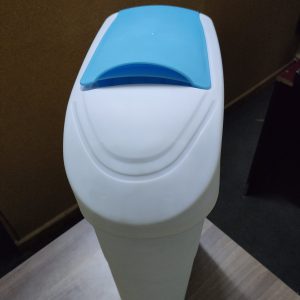

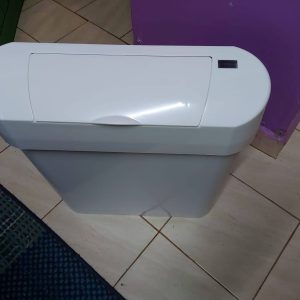
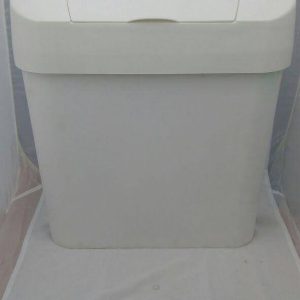

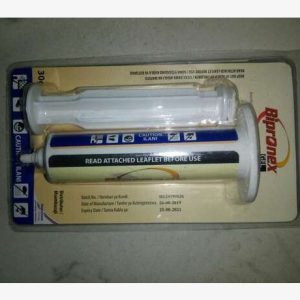



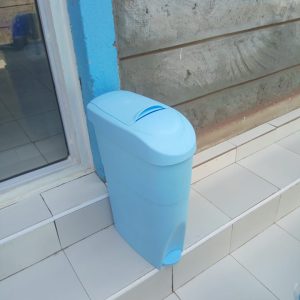

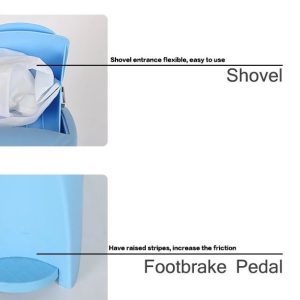
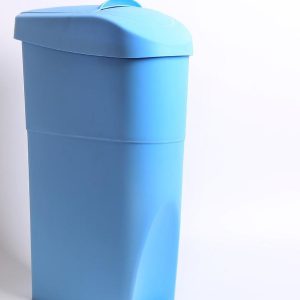

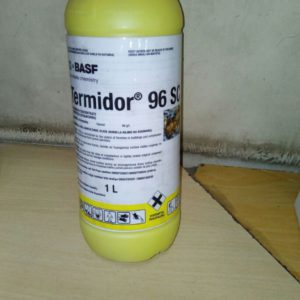


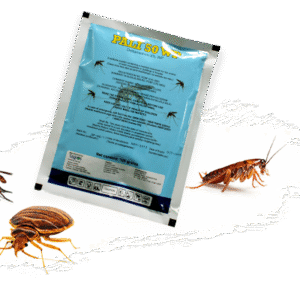


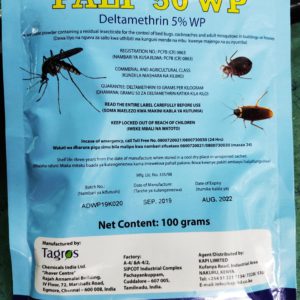
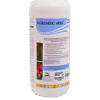
Reviews
There are no reviews yet.